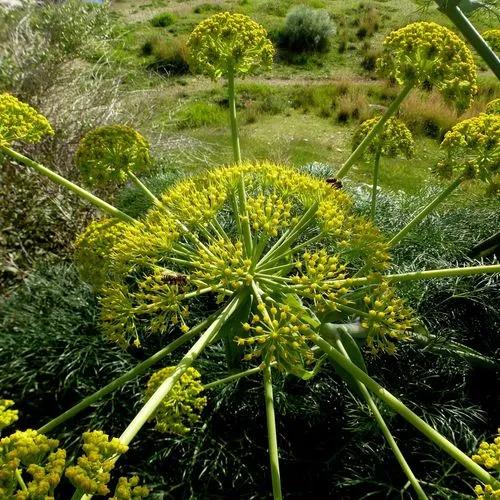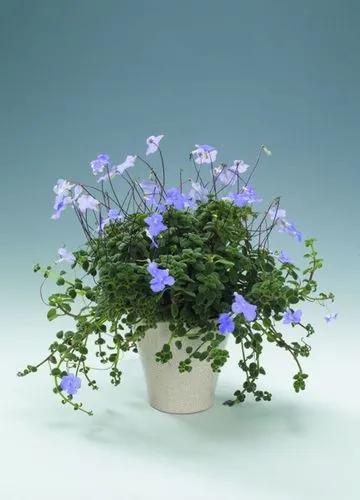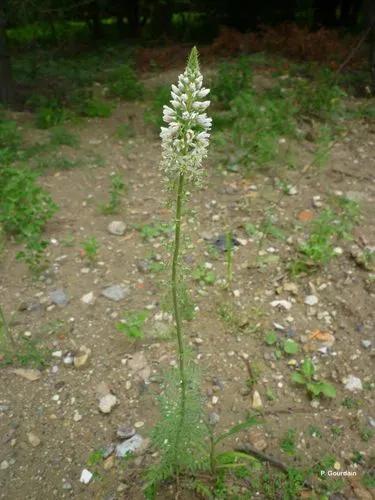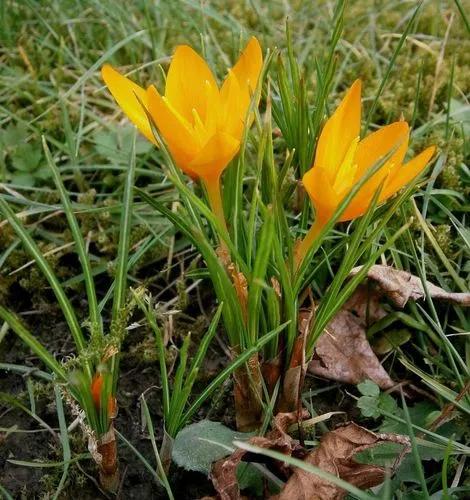Convolvulus arvensis, commonly known as Field Bindweed or Wild Morning Glory, is a perennial herbaceous vine belonging to the Convolvulaceae family. Originally from Europe and Asia, it has become a widespread weed in North America.
Field Bindweed Care
Convolvulus arvensis



Its slender stems, heart-shaped leaves, and delightful pink or white funnel-shaped flowers make Convolvulus arvensis a recognizable presence in gardens, fields, and landscapes. This plant, however charming, can be a persistent weed, often entwining itself around other plants and structures as it spreads.
How to Care for the Plant

Water

Convolvulus arvensis is quite adaptable when it comes to moisture. It can tolerate bouts of drought but thrives when the soil remains consistently moist. For container-grown bindweed, a good rule of thumb is to water when the top inch (2.5 cm) of soil feels dry to the touch. Caution is your ally; overwatering can lead to root rot, so tread carefully.

Pruning

Pruning plays a pivotal role in controlling Convolvulus arvensis growth, particularly in containers. Regularly trim back excess growth and spent flowers to maintain a tidy appearance. Remember, moderation in cutting prevents plant stress.

Fertilizer

Convolvulus arvensis isn't a voracious eater when it comes to fertilizers. A balanced, all-purpose fertilizer during the growing season, typically in spring and summer, is sufficient. Moderation is key; too much fertilizer can result in excessive foliage growth at the expense of flowers.

Sunlight

Convolvulus arvensis is a sun worshipper, requiring a minimum of 6 hours of direct sunlight daily. Position your container in a sunny nook to guarantee vigorous growth and a profusion of those enchanting funnel-shaped flowers.

Soil

This resilient vine isn't finicky about soil type. It can flourish in various soil conditions, from sandy to loamy. However, it holds a particular fondness for well-draining soil to steer clear of waterlogged roots. Ensuring your container soil provides adequate drainage is the key.

Propagation

For those interested in propagating Convolvulus arvensis, it can be accomplished through stem cuttings or root division. Stem cuttings, taken in spring or early summer, are quick to root in well-draining soil. Root division, best done in early spring or late fall, yields excellent results, provided each division has roots attached.

Temperature

Convolvulus arvensis is remarkably adaptable to temperature variations. It thrives between 68-86°F (20-30°C) but can endure cooler conditions as long as frost is avoided. Shield container plants from frost by moving them indoors or providing adequate insulation.

Container

Opt for a robust container with proper drainage to ensure the plant's well-being.

Fun fact

Here's a captivating tidbit about Convolvulus arvensis: it boasts an extensive root system that can delve to depths of up to 30 feet (9 meters). This tenacious root system not only aids its survival but also poses a challenge in agricultural settings where control is paramount.

Popularity

741 people already have this plant 74 people have added this plant to their wishlists
Discover more plants with the list below
Popular articles






